How to Maintain H/R Files Properly

How to Maintain H/R Files Properly
Each employer has its own unique employment record maintenance practices. Employee records can be maintained in paper form, scanned or completed and maintained electronically. No matter what format is used, the maintenance, security and retention requirements are the same.
Employers must have at least three different “employee files” on each employee. The main personnel file that contains employee performance and job-related information; the medical/confidential file that contains protected, non-job-related or confidential medical information; and the payroll file that contains payroll, garnishment and other pay-related information. I-9 files, Background Check reports including Credit Checks, and Workers’ Comp paperwork should always be maintained separately. Employers must give special consideration to where and how they maintain these files, limiting access to those with a need-to-know only and protecting applicants and employees from discrimination, identity theft, breach of privacy, and HIPAA violations. Normally, only the HR Manager and the CEO/President have access to these files.
Remember the following:
- Access is highly restricted to employee files and should always be kept in locked cabinets which are locked throughout the day.
- Managers and Supervisors should have access or can request access to personnel files only to assist them in making employment decisions.
- Hiring records should not be in personnel files and that includes any job requisitions and job postings, interview notes, reference checks (however, hired employee’s application and resume should be stored in the personnel file).
- If information is related to the employee’s performance, knowledge, skills, and abilities then it belongs in the personnel file.
What should be included in the personnel file?
- Job descriptions.
- Offer letters, promotion, demotion, transfer, layoff, and education and training records.
- Records relating to other employment practices (including policy acknowledgments and agreements).
- Letters of recognition.
- Disciplinary notices or documents.
- Performance evaluations and goal setting records.
- Copies of certifications, licenses, degrees.
- Termination records.
What should be included in the payroll file?
- W-4s, state withholding forms.
- Pay information.
- Wage deduction acknowledgements.
- Benefit enrollment forms.
- Time keeping records.
- Wage Theft Protection Act forms.
- Disability, FMLA paperwork.
- Leave paperwork; i.e. – Jury Duty, Military, etc.
- Employment verifications.
What should be included in the medical/confidential file?
- Medical information- doctor’s notes, employee’s physical exam information.
- SSNs or other protected class information such as age, race, gender, national origin, disability, marital status, religious beliefs.
- Harassment and other grievance complaints.
- Investigation notes.
- Reasonable accommodation documentation.
- Arrest records.
- Drug tests.
- Motor Vehicle Records.
- EEO and AAP information.
- Hiring Records-pre-employment testing, background checks, etc.
By Ann Maynard. www.jkexec.com
As a senior HR executive, Ann Maynard leverages more than twenty years of progressive experience in all areas of human resources (at start-ups and Fortune 500 companies) bringing clear understanding and rational processes toward adaption, integration and compliance to her clients. Find out more at www.jkexec.com



